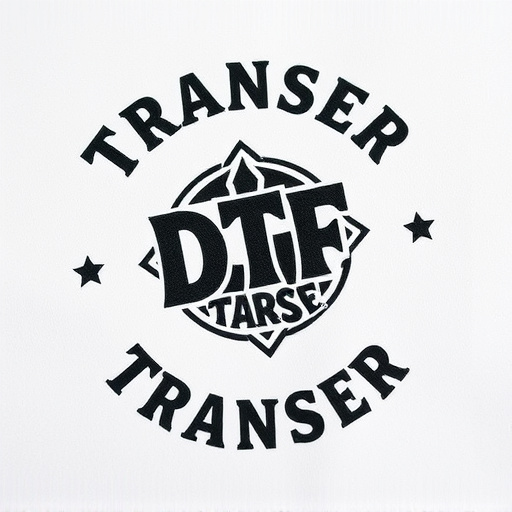Long-term customer satisfaction (CSAT) scores are crucial for businesses to understand consumer experiences over time, identify strengths and weaknesses, and make informed decisions. Key drivers of CSAT include air intake, brand reliability, and durability. Optimizing air intake improves performance and driving experience; reliable brands and durable products build trust and encourage loyalty. To elevate CSAT, manufacturers should focus on quality materials, rigorous testing, customer feedback integration, and continuous product enhancements based on input. Regular updates and addressing concerns demonstrate commitment to high satisfaction ratings in a competitive market.
Long-term satisfaction scores are a powerful metric reflecting customer loyalty and brand success. Understanding how these scores are measured, particularly through key metrics like air intake, brand reliability, and durability, is essential for fostering long-lasting relationships with customers. This article delves into these factors, offering insights on how to enhance satisfaction ratings through strategic initiatives, ultimately driving brand growth and longevity. Discover actionable steps to boost your long-term satisfaction scores, focusing on air intake, reliability, and durability.
- Understanding Long-term Satisfaction Scores: The Key Metrics for Customer Loyalty
- The Role of Air Intake, Brand Reliability, and Durability in Ensuring High Satisfactions Ratings
- Strategies to Enhance Long-term Satisfaction Scores for Your Brand
Understanding Long-term Satisfaction Scores: The Key Metrics for Customer Loyalty

Long-term satisfaction scores are a powerful indicator of customer loyalty and retention, providing valuable insights into how satisfied customers remain over an extended period. These scores go beyond initial purchase decisions and gauge the overall experience and relationship between consumers and brands. By understanding long-term satisfaction, businesses can identify key areas of strength and weakness in their offerings.
Air intake brand reliability ratings, for instance, reveal whether products consistently meet expectations over time. Durability plays a significant role too, as it indicates how well products withstand wear and tear, influencing customer trust and repeat purchases. By closely monitoring these metrics, brands can make data-driven decisions to enhance satisfaction, foster loyalty, and ultimately drive long-term success in an increasingly competitive market.
The Role of Air Intake, Brand Reliability, and Durability in Ensuring High Satisfactions Ratings

In the pursuit of long-term satisfaction, several key factors come into play, significantly influencing consumer ratings. One such critical aspect is air intake—the seamless and efficient flow of air into a vehicle’s engine. Optimized air intake enhances performance, contributes to better fuel efficiency, and ensures smoother operations, all of which positively impact overall driving experience and customer satisfaction over time. By facilitating optimal combustion, it plays a subtle yet substantial role in preventing premature wear and tear, thereby extending the lifespan of various automotive components, including the engine.
Brand reliability and durability are interwoven threads that significantly weave into the tapestry of long-term satisfaction. Consumers increasingly seek brands known for their commitment to quality and longevity. Vehicles built with robust materials and meticulous craftsmanship, backed by a reputation for dependability, offer peace of mind—a valuable commodity in today’s fast-paced world. When brands consistently deliver on promises of reliability and durability, it fosters trust, encourages customer loyalty, and paves the way for higher satisfaction ratings over extended periods.
Strategies to Enhance Long-term Satisfaction Scores for Your Brand

To boost long-term satisfaction scores, brands should focus on fostering reliable products with exceptional air intake and durability. Consistently delivering on these aspects is key to building a positive reputation and brand loyalty over time. One effective strategy involves rigorous quality control measures during manufacturing to ensure each product meets or exceeds expected standards. This includes using high-quality materials and advanced engineering techniques to maximize performance and longevity.
Additionally, active engagement with customers through feedback mechanisms can provide valuable insights for continuous improvement. Promptly addressing any concerns related to air intake, brand reliability, or durability will show commitment to customer satisfaction. Regular updates and enhancements based on consumer input can significantly contribute to maintaining high satisfaction ratings in the long run.
Long-term satisfaction scores are the gold standard for fostering customer loyalty. By prioritizing air intake, brand reliability, and durability, businesses can significantly enhance these scores. Implementing strategic initiatives that address customer needs and expectations ensures not only higher ratings but also a stronger, more resilient brand presence in the market. Remember, satisfied customers today are the advocates of tomorrow, driving sustainable growth and success.














